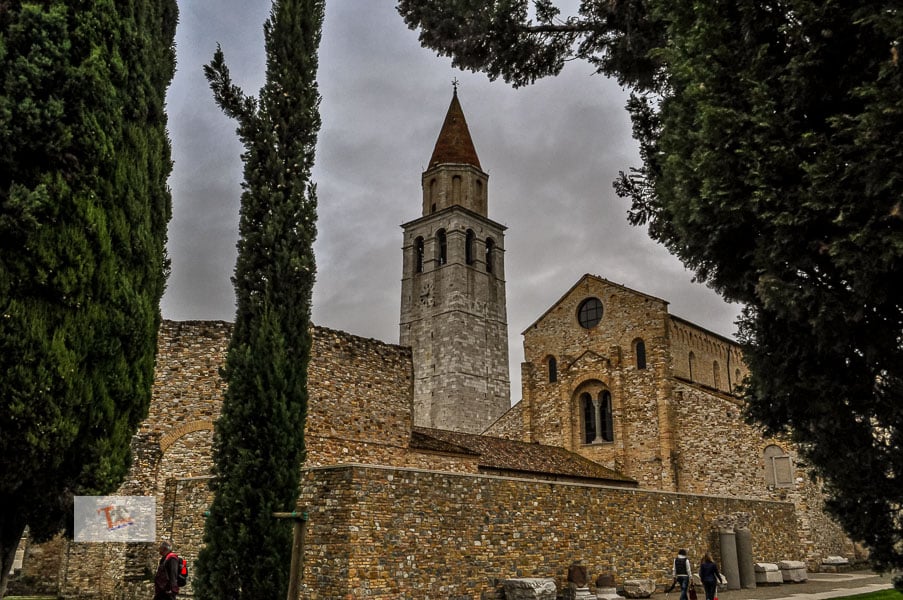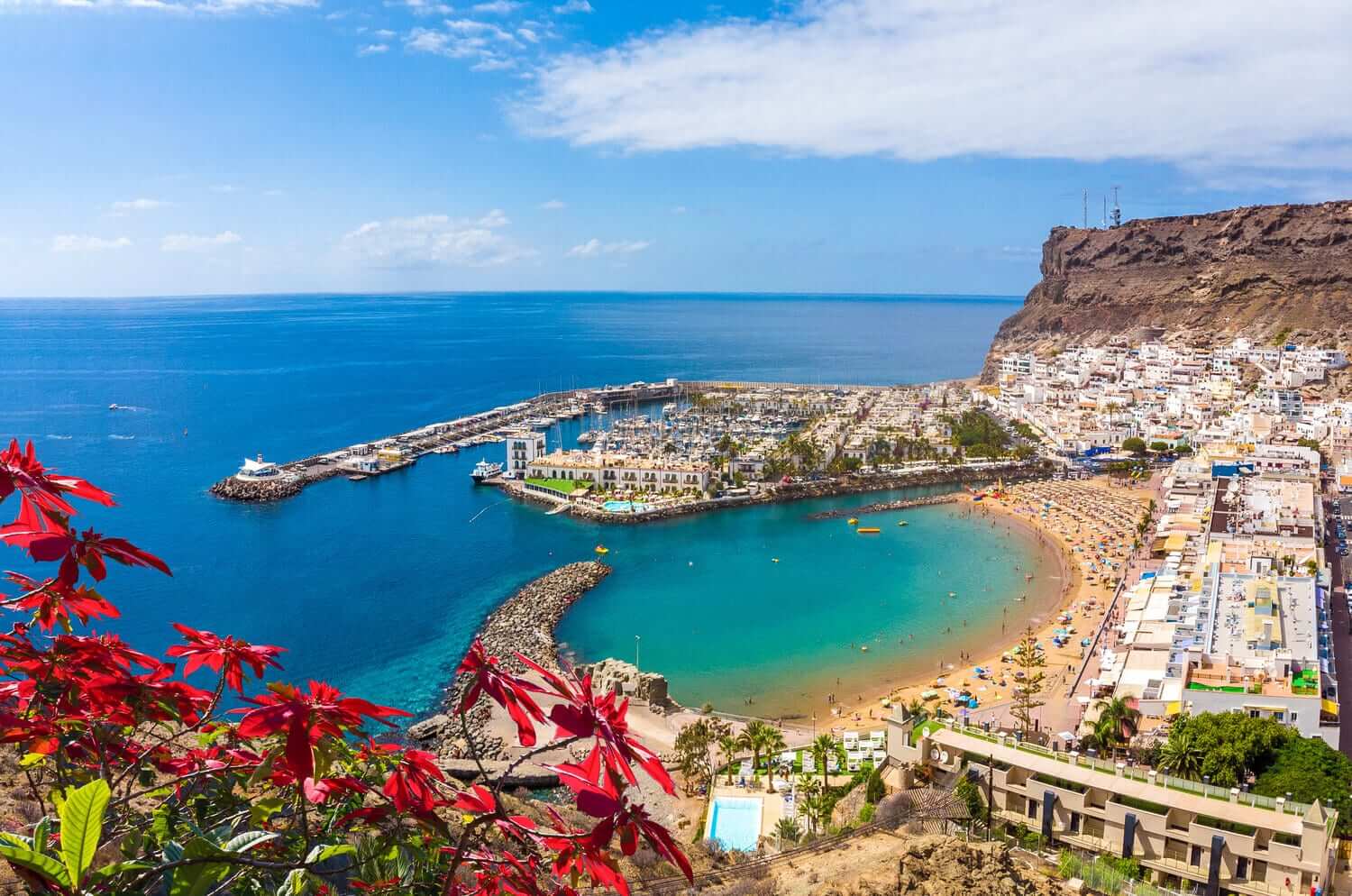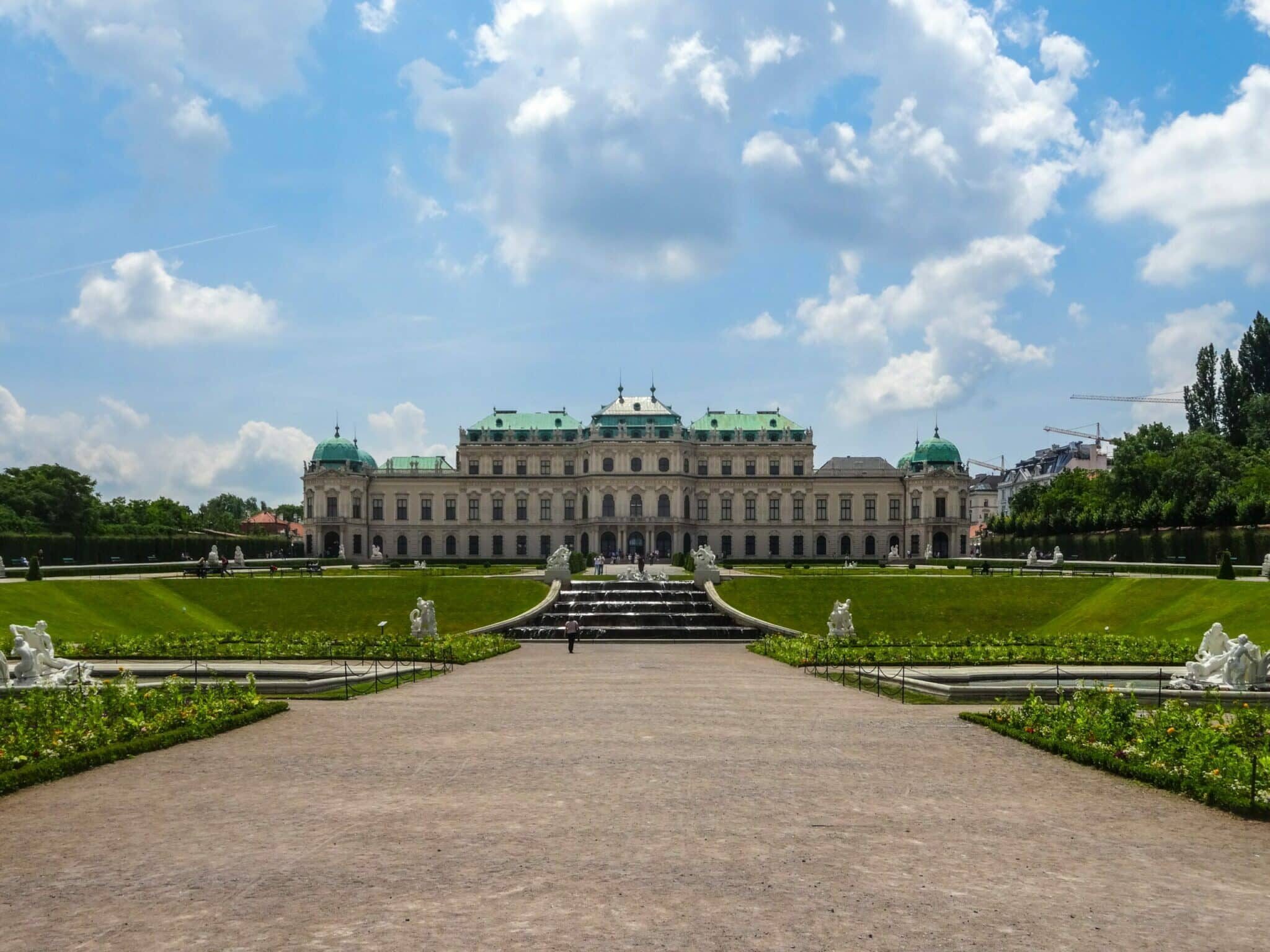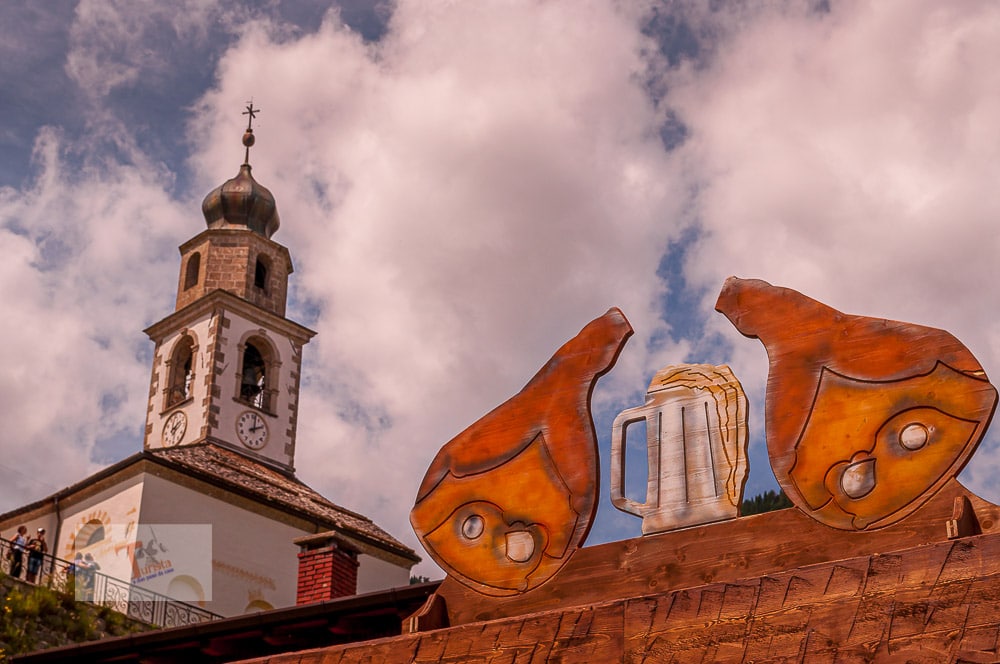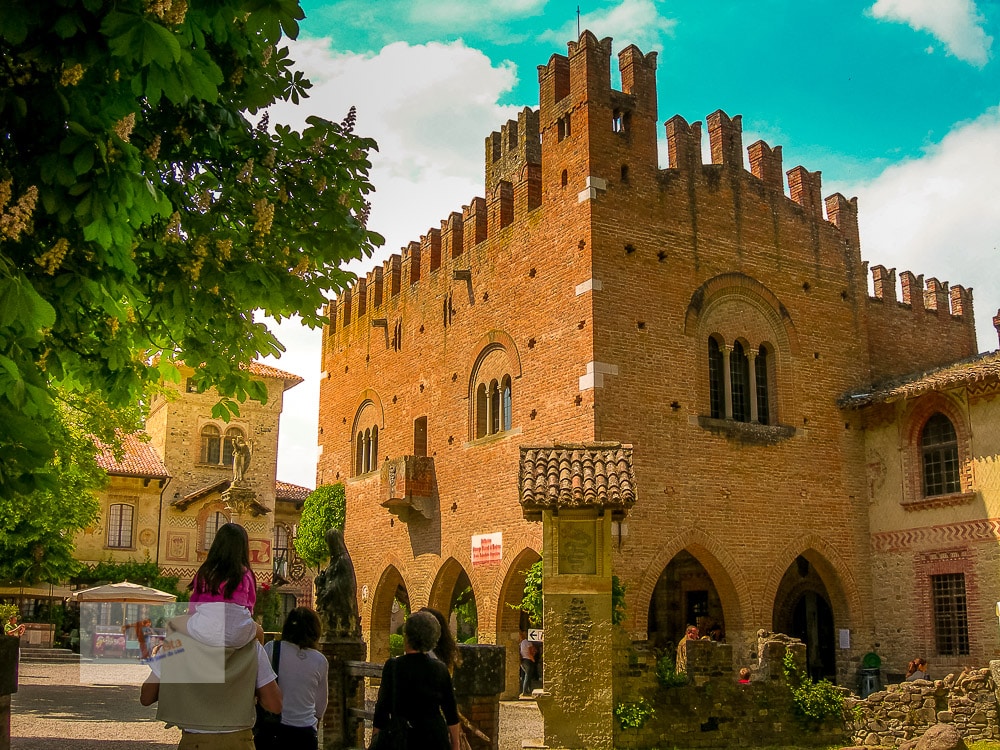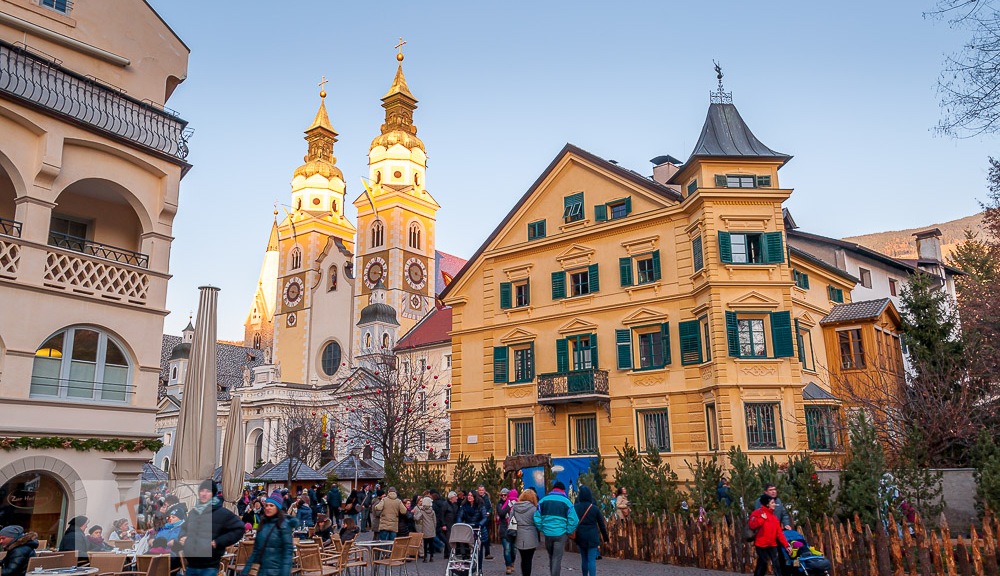A tour to discover Aquileia, and its important history
Aquileia, in the province of Udine, is known as the second Rome. City of ancient origins, the first nucleus dates back to 181 BC. C. This Friulian locality has become over time one of the most important and richest cities of the Roman Empire. For the archaeological remains it preserves, it is considered a World Heritage Site by Unesco.
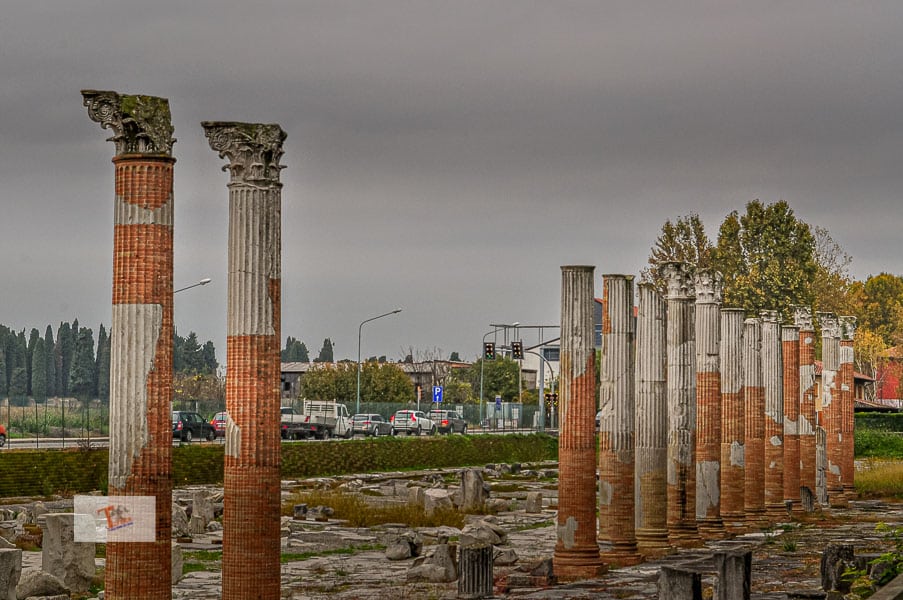
Thanks to the excavations carried out over time, important traces of the past have emerged such as the Roman forum, the basilica, the burial ground, but also mosaic floors, statues, the Via Sacra, foundations of houses, and some areas of the river port, a large mausoleum and much else.
The archaeological areas
The visit to Aquileia is also and above all the discovery of the various archaeological areas of the city. Aquileia was colonized in 181 BC. The “agro gallorum” soon became the Roman bridgehead for the conquest of the Danubian areas, but also a trading point of considerable importance. As evidence, there are still parts of the walls of the ancient river port. The excavations carried out over the years have brought to light the remains of the Roman forum, the river port on the Natissa dating back to the 1st century AD, the commercial area, but also the Sepolcret or which is located outside the walls. The imperial baths, as well as several sections of the defensive walls and the Roman road. All can be visited in the different areas in the area of the archaeological excavations.
The Basilica of Santa Maria Assunta
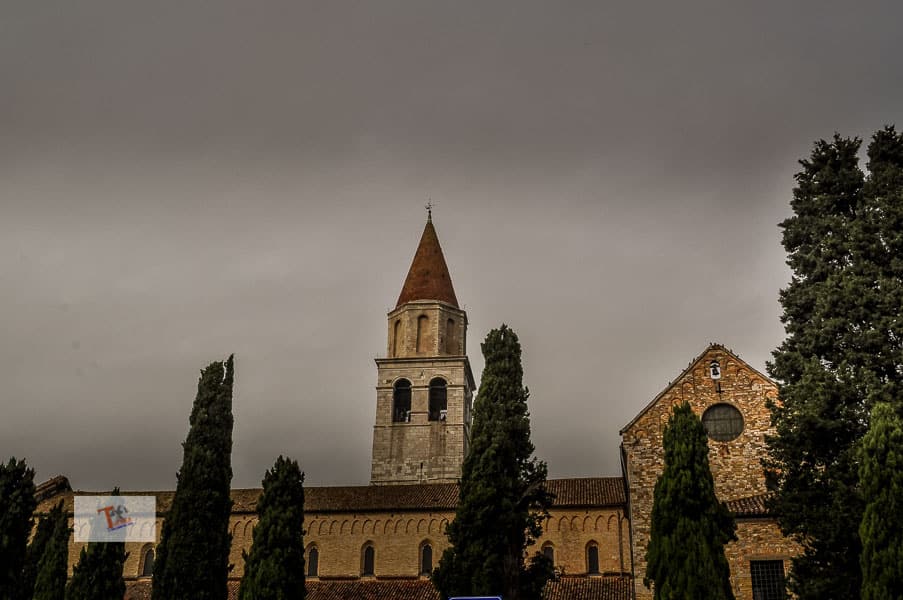
But the flagship of Aquileia is the beautiful Basilica of Santa Maria Assunta. The church building is in Romanesque, Gothic, and Renaissance style and what we see today is the result of several renovations carried out over the centuries. The Basilica was erected on a pre-existing building of the second century AD and during the time it underwent numerous extensions. The current structure dates back to 1031 and is due to the improvements made by the patriarch Poppone.
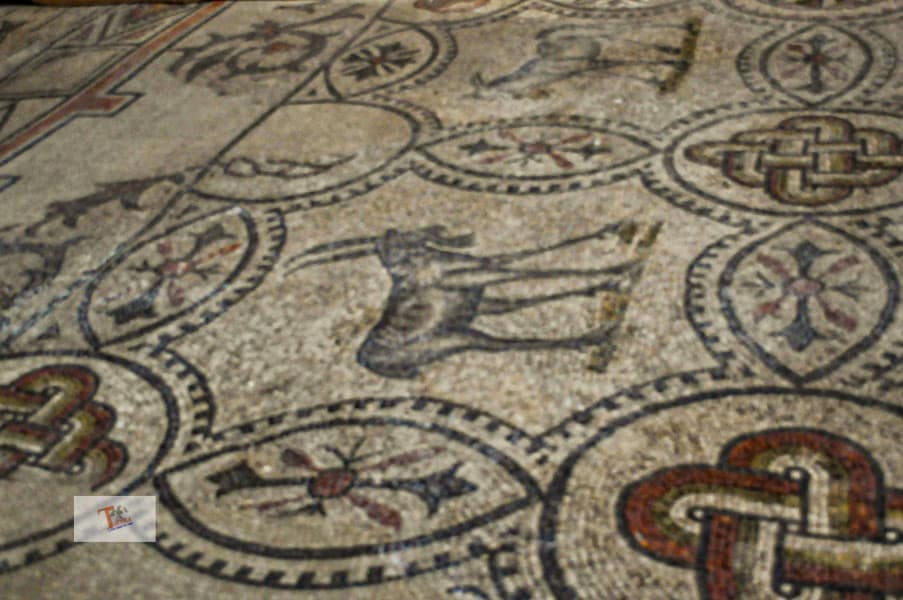
Inside there is the floor mosaic, the real jewel of the Basilica. The famous early Christian mosaics date back to the 4th century and are considered a milestone in the history of Italian art. Rich in Christian symbolism, the ensemble of mosaics represents the triumph of life over death.
The Crypt of the frescoes
Of great importance is the Crypt of the twelfth-century frescoes that are located under the main altar, which has frescoes depicting saints, scenes from the Passion, and the history of the Saints Ermacora and Fortunato. The Crypt of the Excavations, which contains remains of buildings from different historical periods and represents a fundamental stage for the Christian history of Aquileia: that of the first centuries. It is located near the Holy Sepulcher. The latter dates back to the 12th century and was built in imitation of the one in Jerusalem.
Finally, the majestic bell tower, in Roman Gothic style, was also used as a lookout tower. Its construction dates back to around the year 1000. From the height of its 73 meters, you can enjoy a breathtaking view.
Pagani church and the baptistery
Connected to the basilica is the Church of the Pagans, so-called because it was the meeting place for catechumens. It is connected to the Basilica by a portico and the Baptistery, which originally had a square plan on the outside and octagonal on the inside. In the center of the room is the baptismal font.
Outside the Basilica stands the Heroes’ Cemetery where the fallen of the First World War are buried.
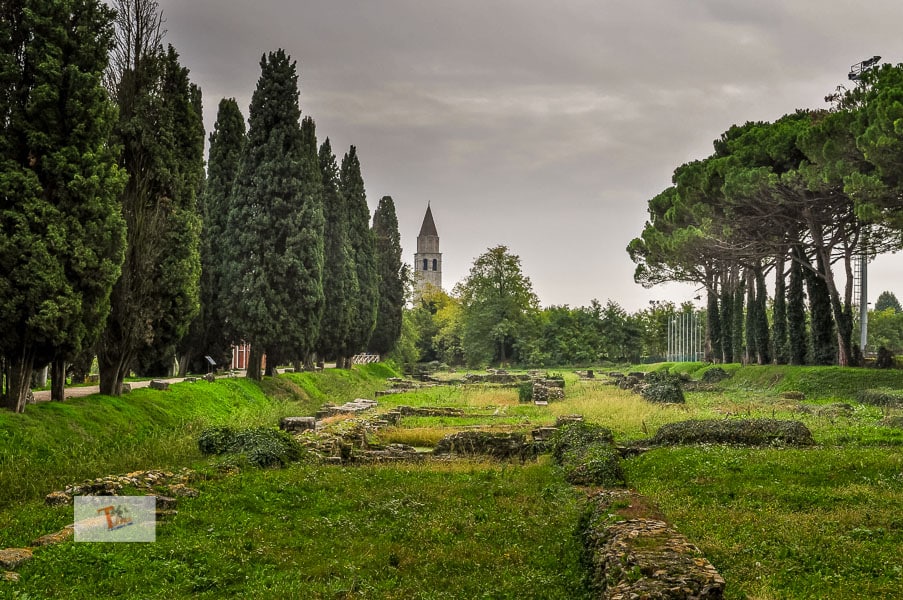
National archeologic museum
One of the major archaeological museums in Northern Italy has been set up at Villa Cassis . Inside you can admire artifacts recovered during the archaeological excavations in Aquileia and its surroundings. As well as a visit to the Paleochristian Museum in the locality of Monastero is useful, where you can see various “tituli” in Greek and Latin, over 130 inscriptions, and other early Christian and early medieval finds. From here two large terraces offer the opportunity to admire, in all its splendor, the rich mosaic floor preserved inside.
How do I get to Aquileia?
Aquileia can be reached by car following the A4 motorway, Turin-Trieste, Palmanova exit, then Strada Regionale 352 to the destination. By train, the closest station is Cervignano – Aquileia – Grado, on the Venice-Trieste line, which is 8 km from Aquileia. Two are the closest airports: Trieste Ronchi dei Legionari and Venice.

